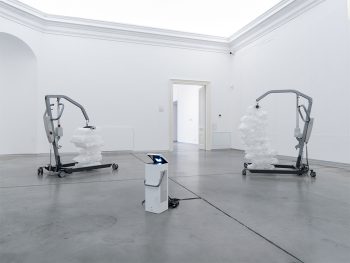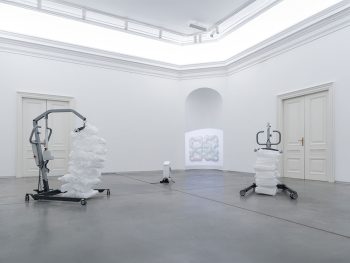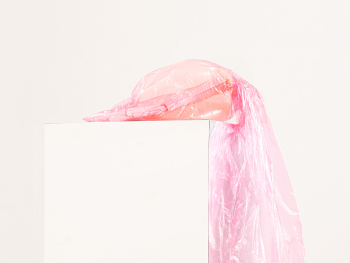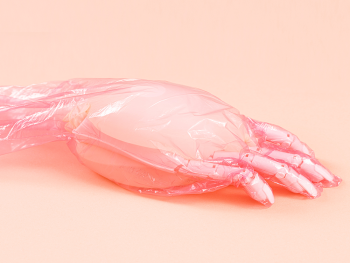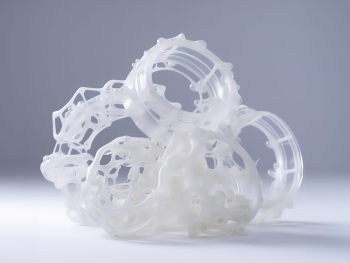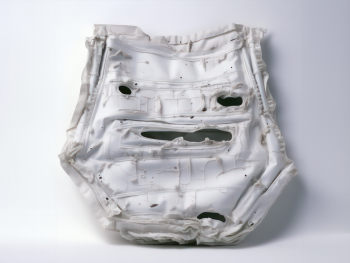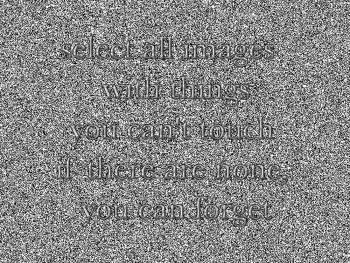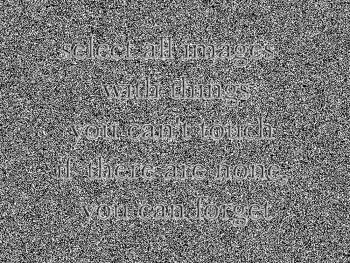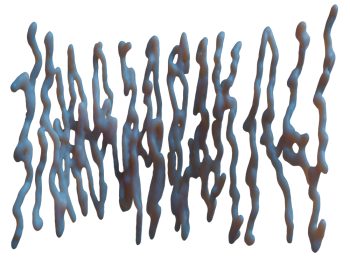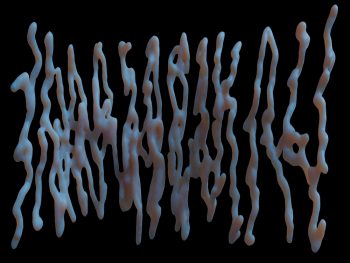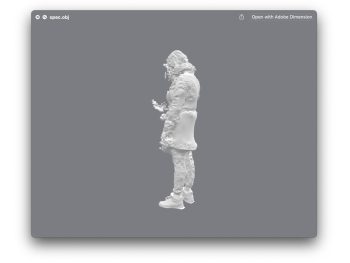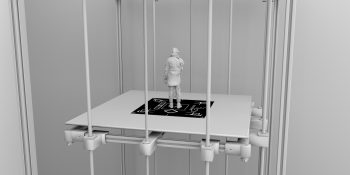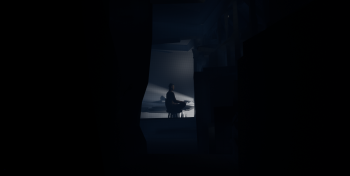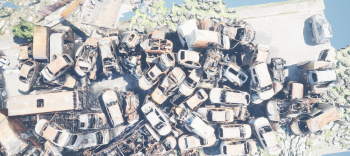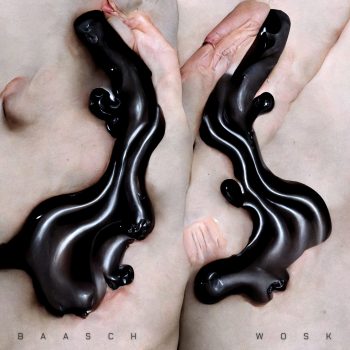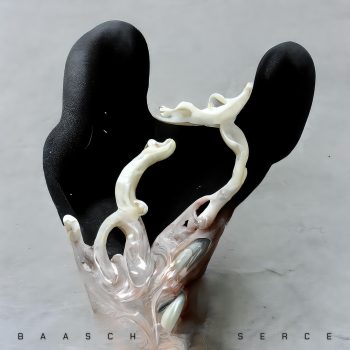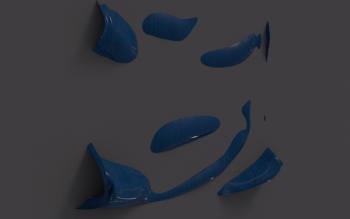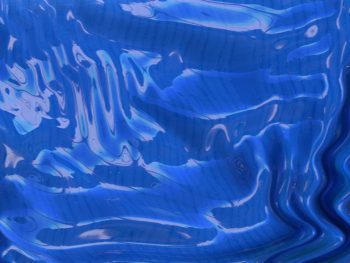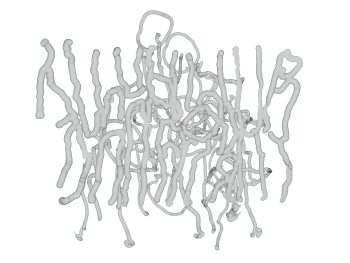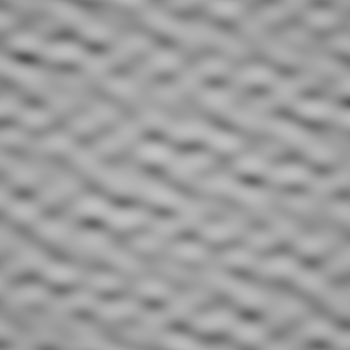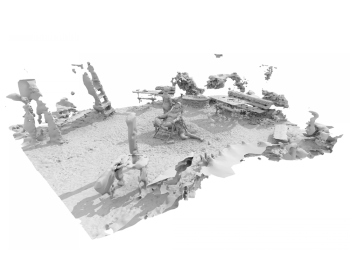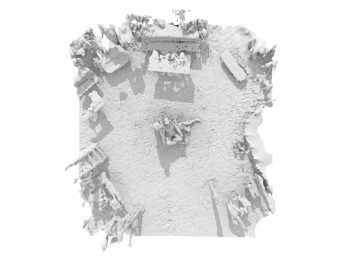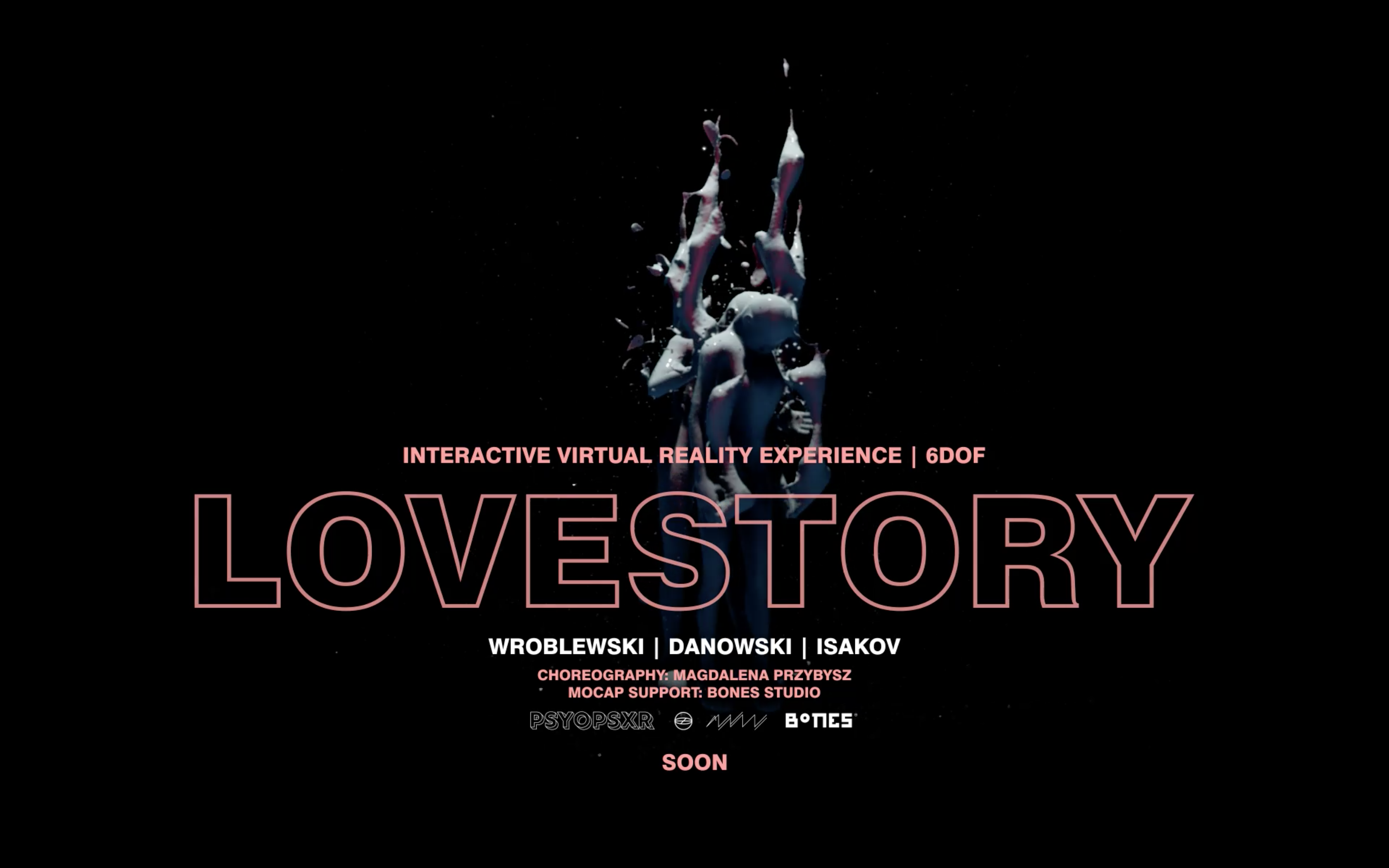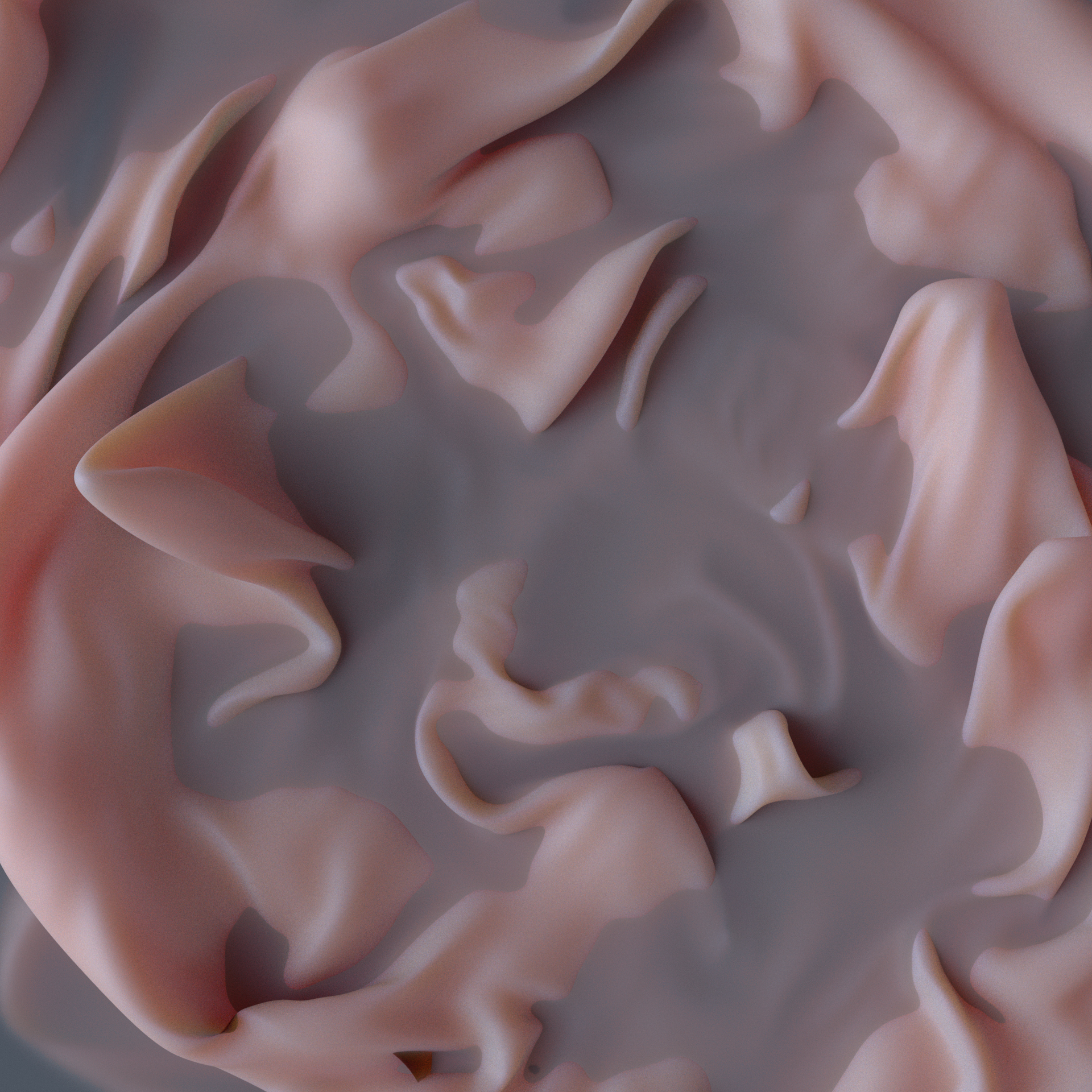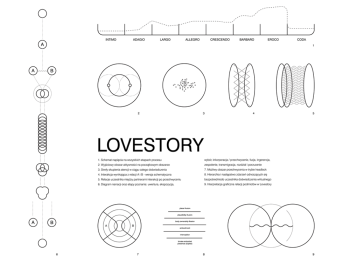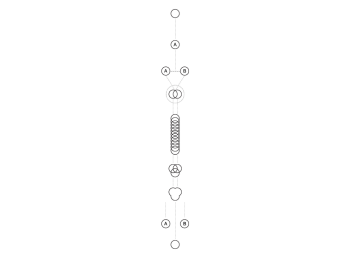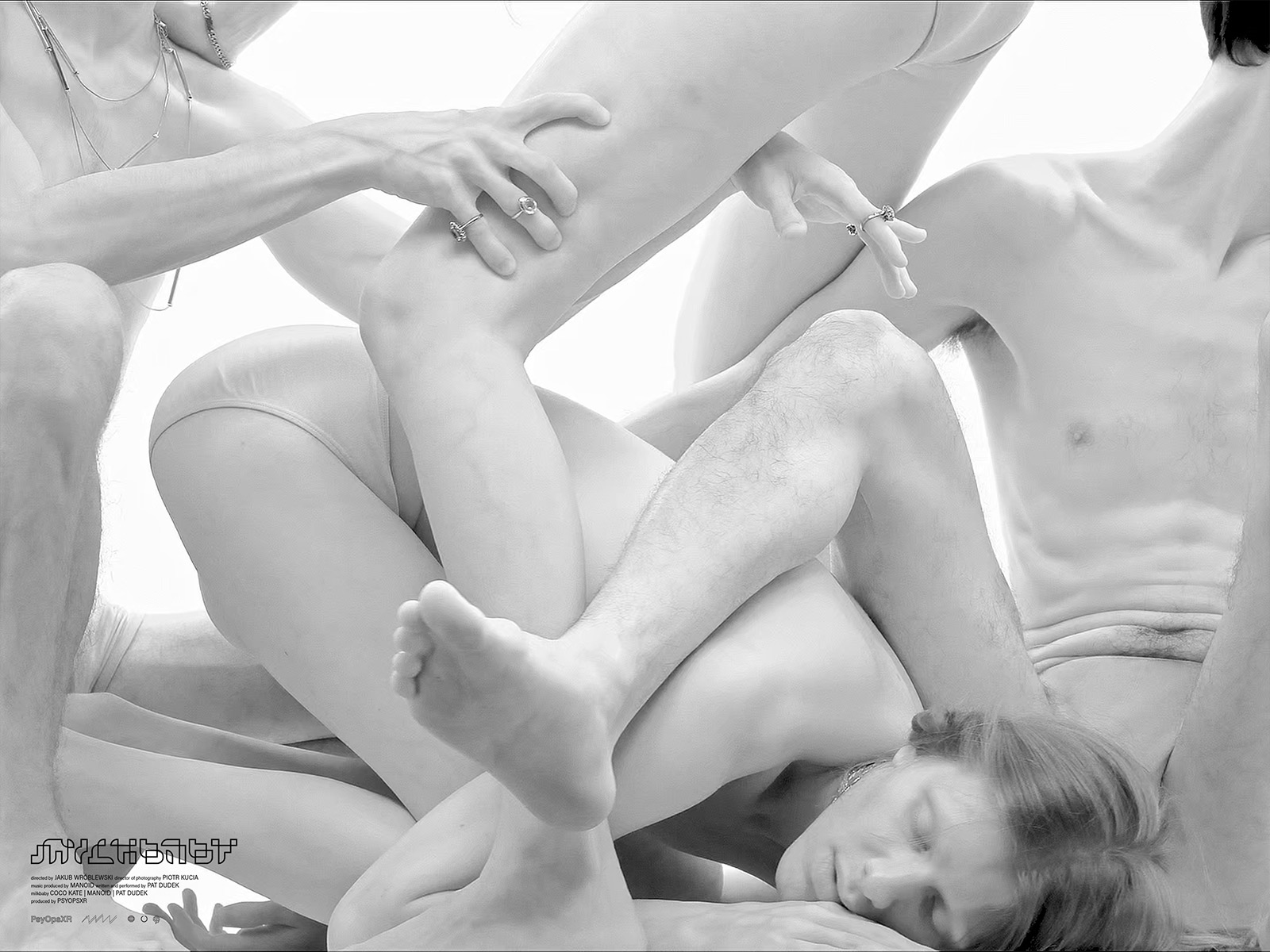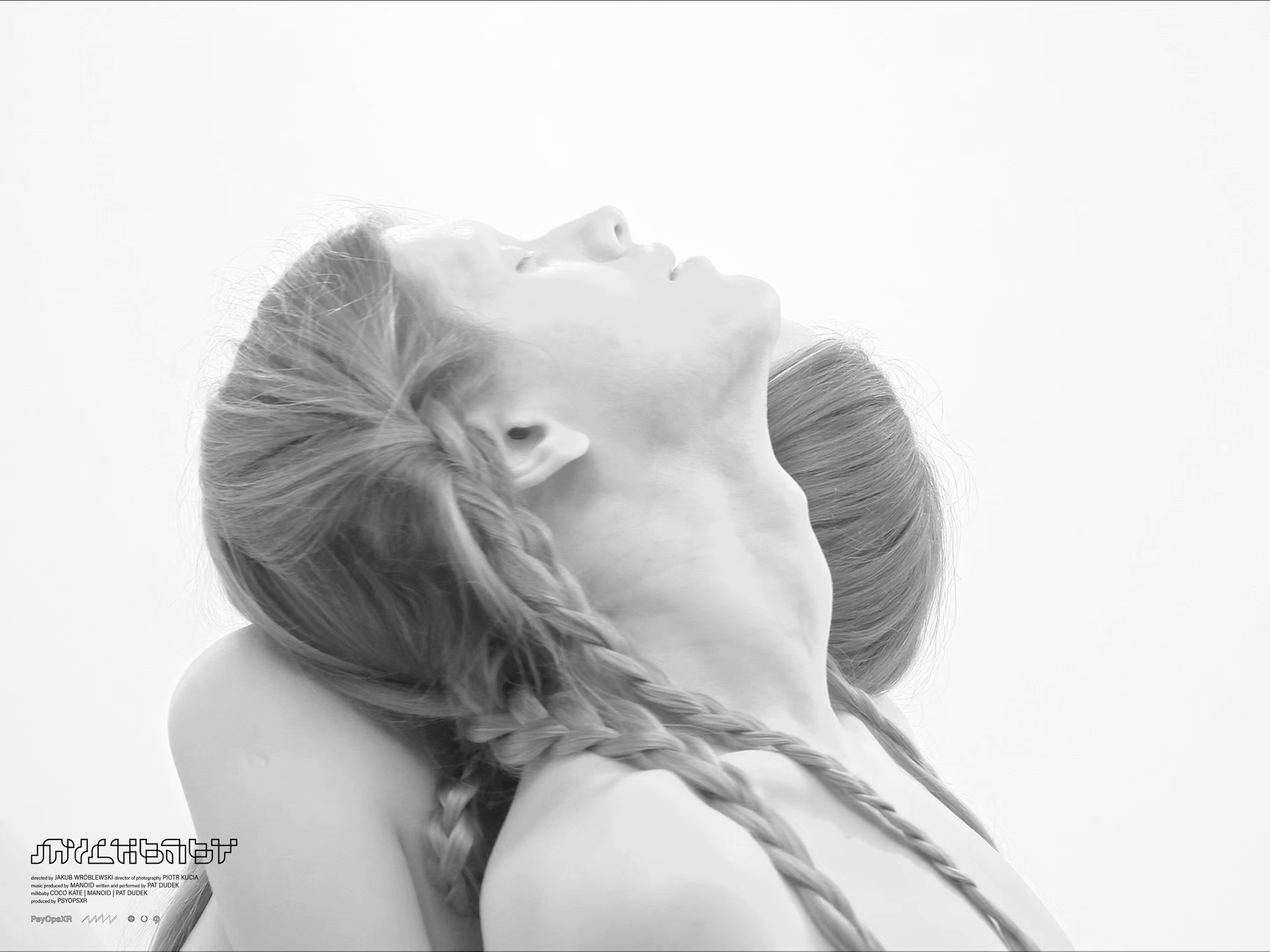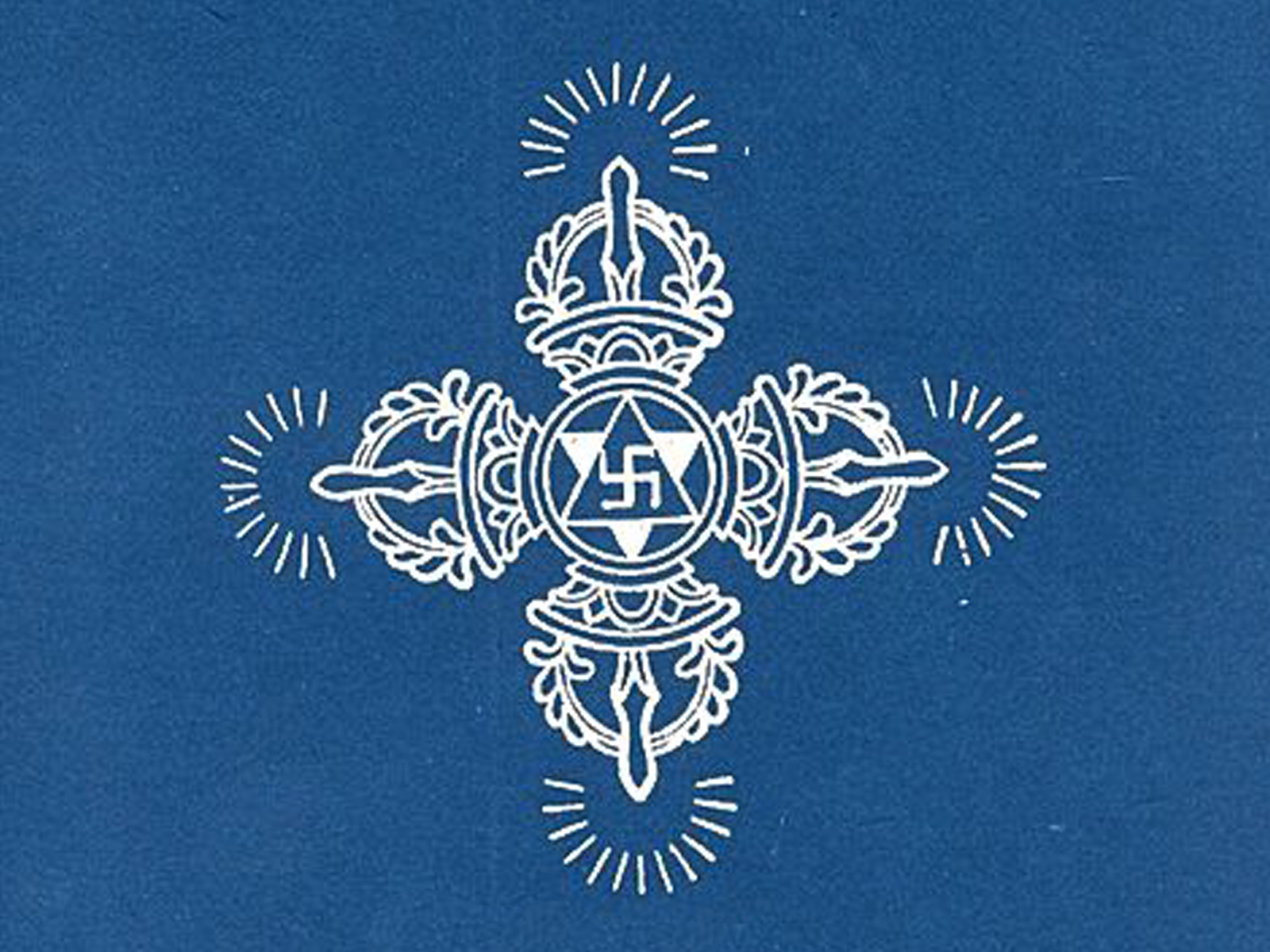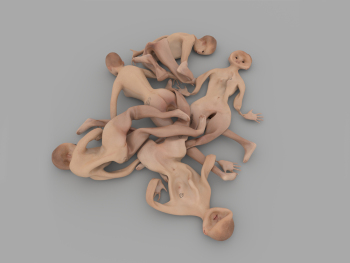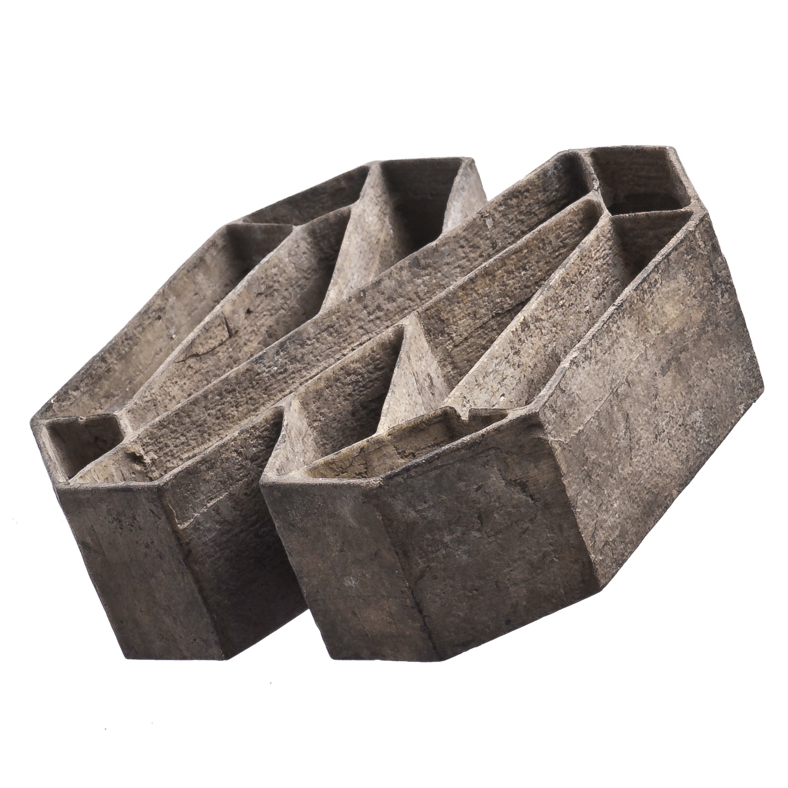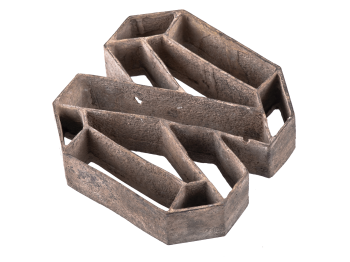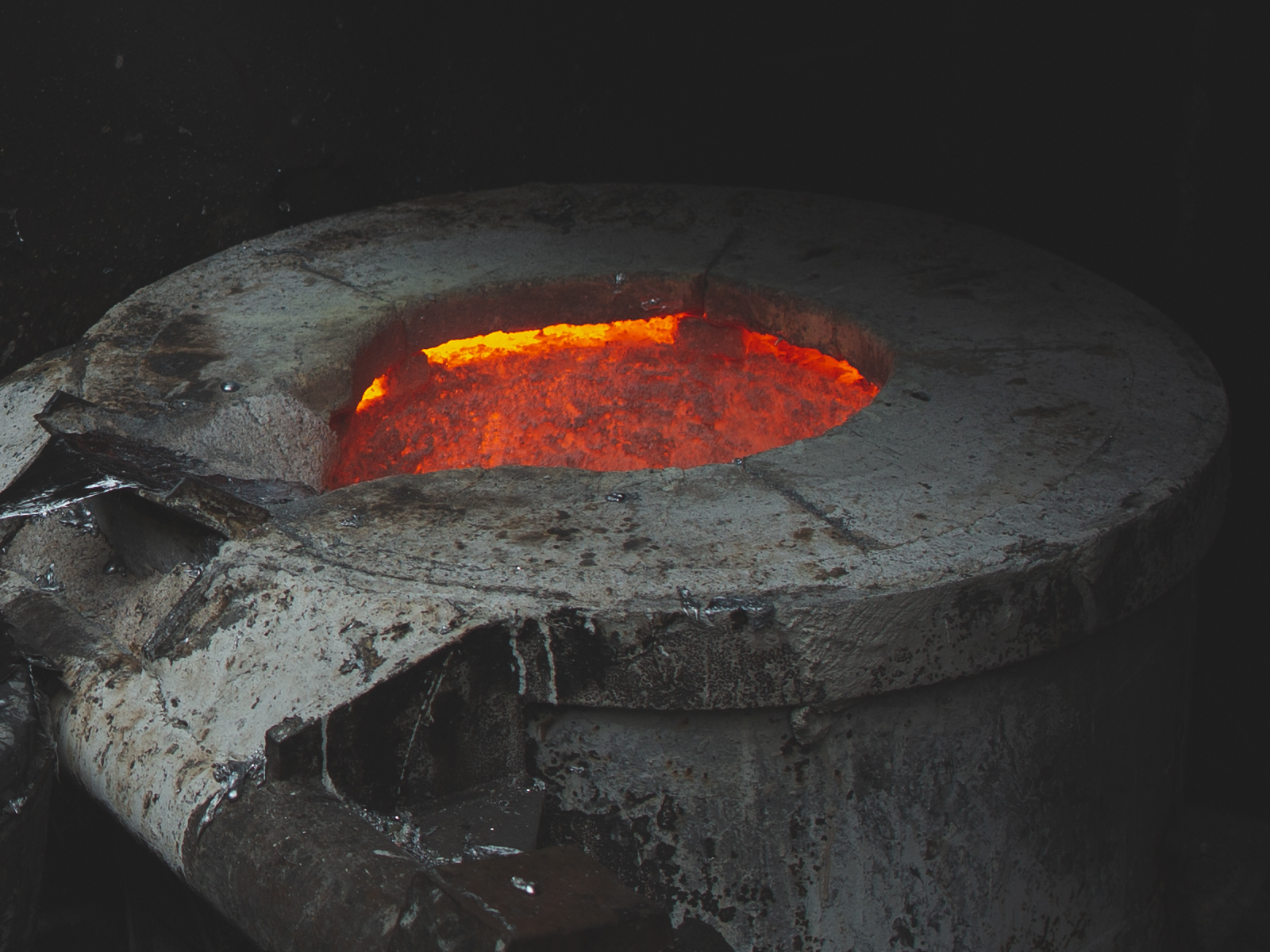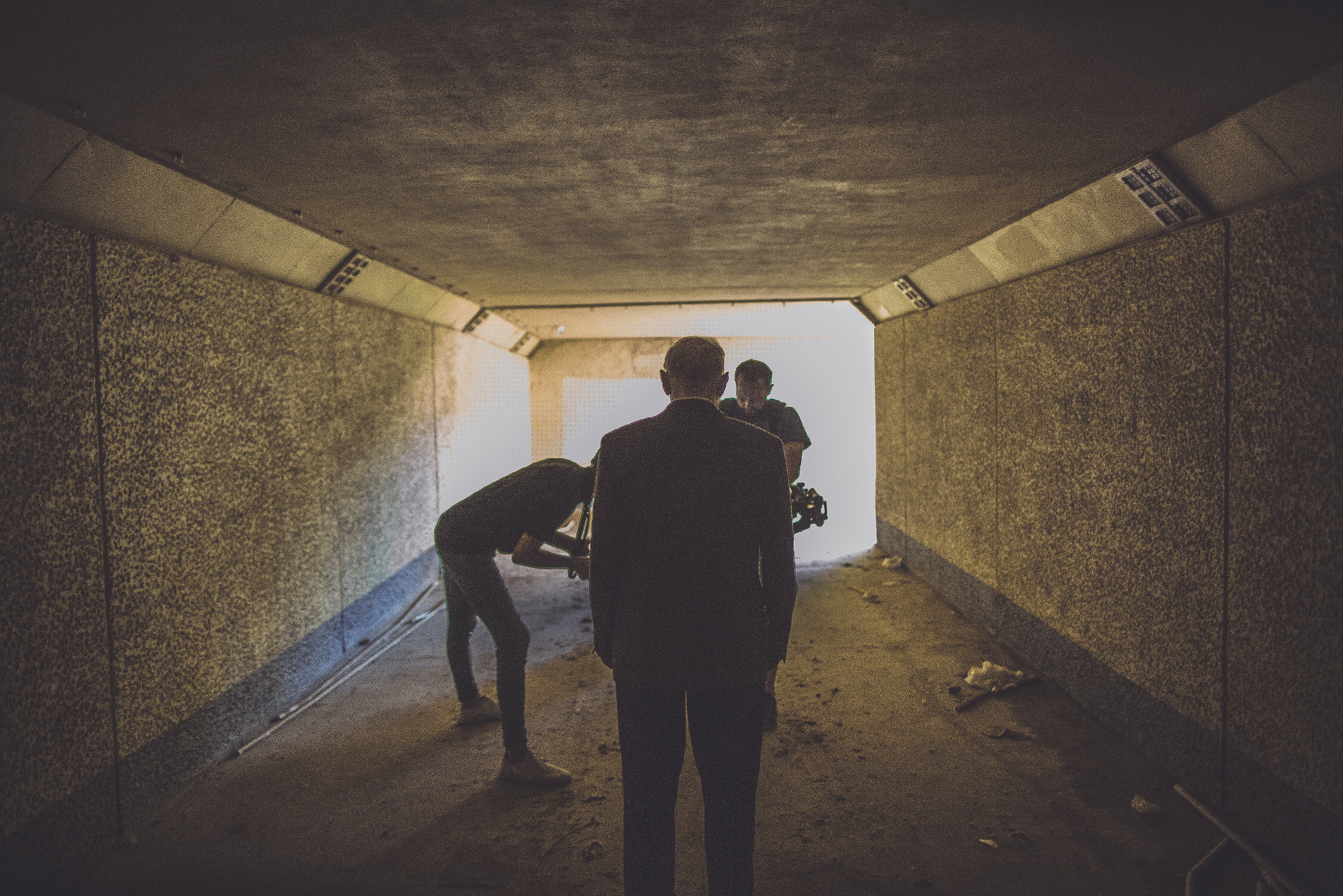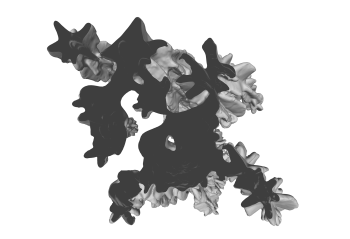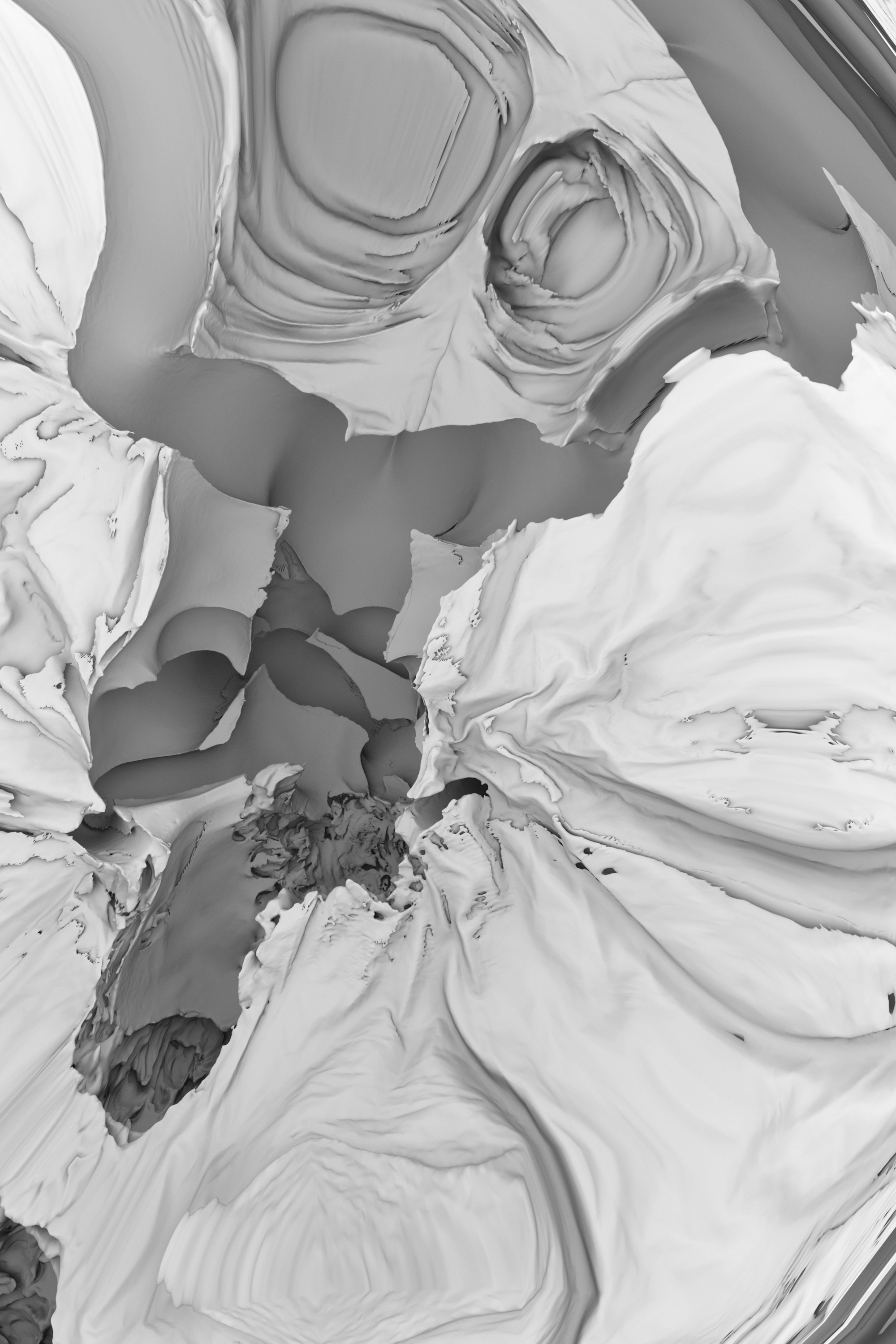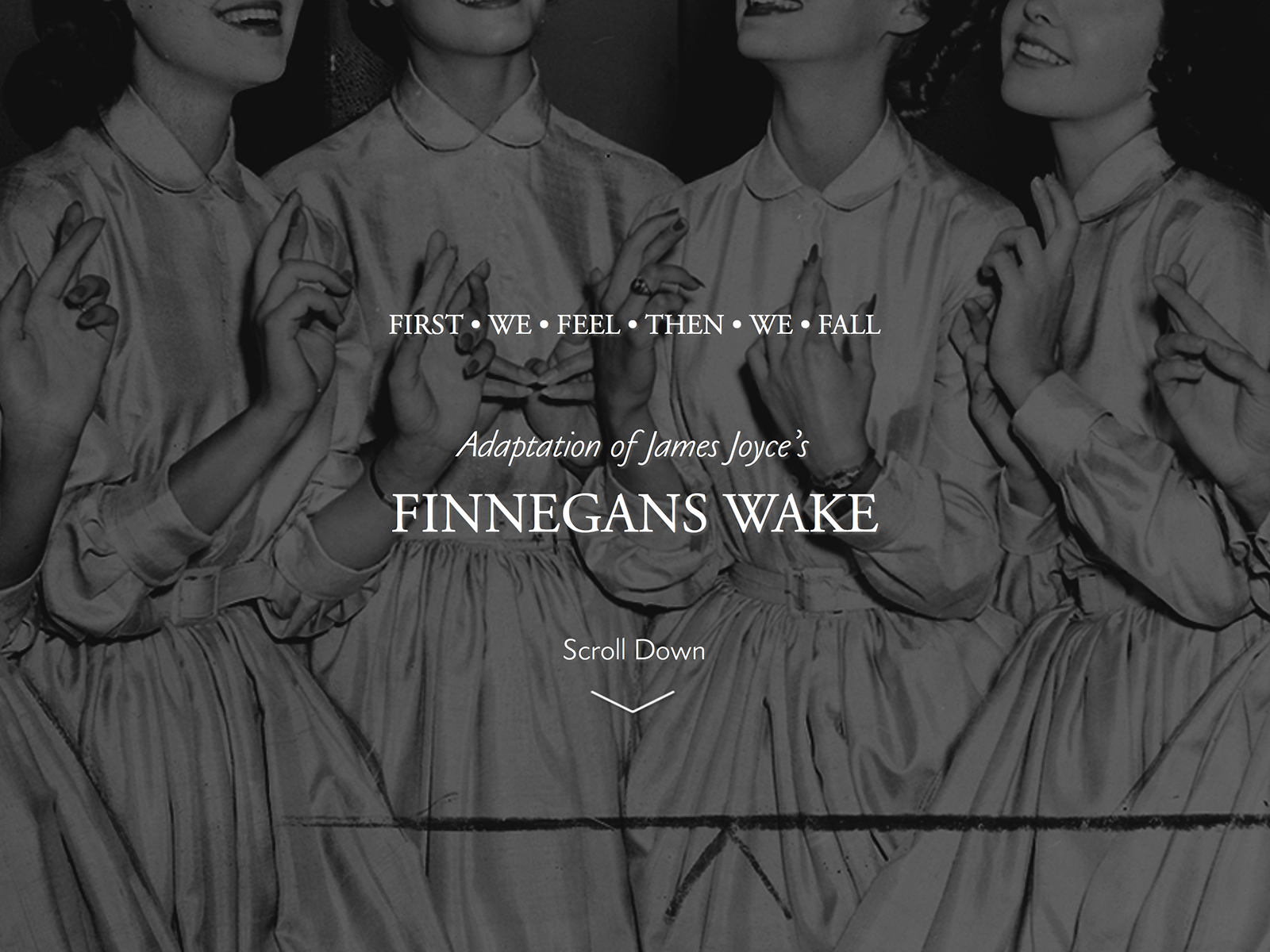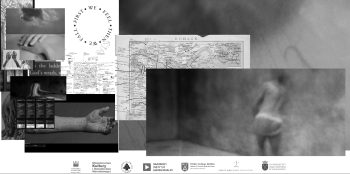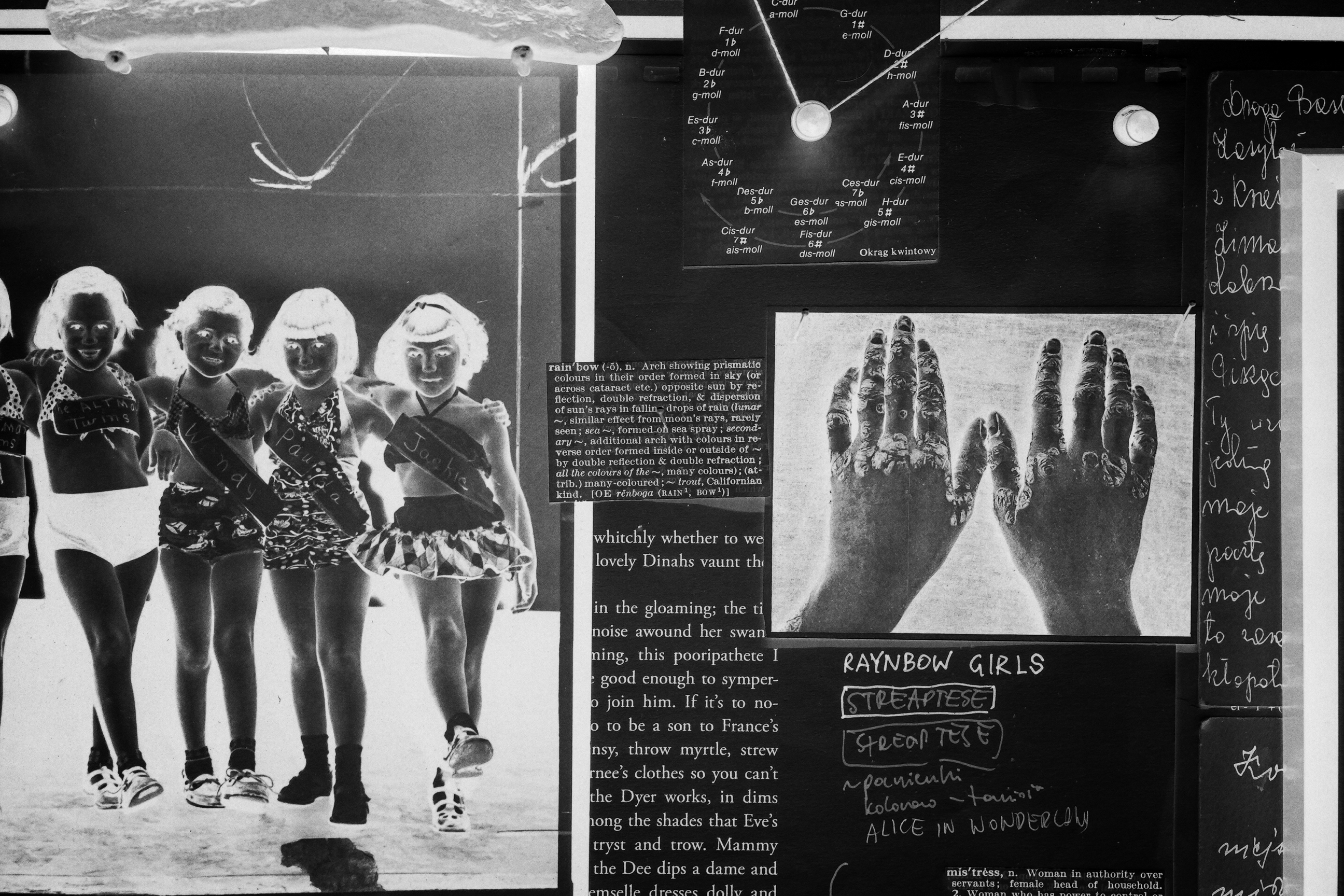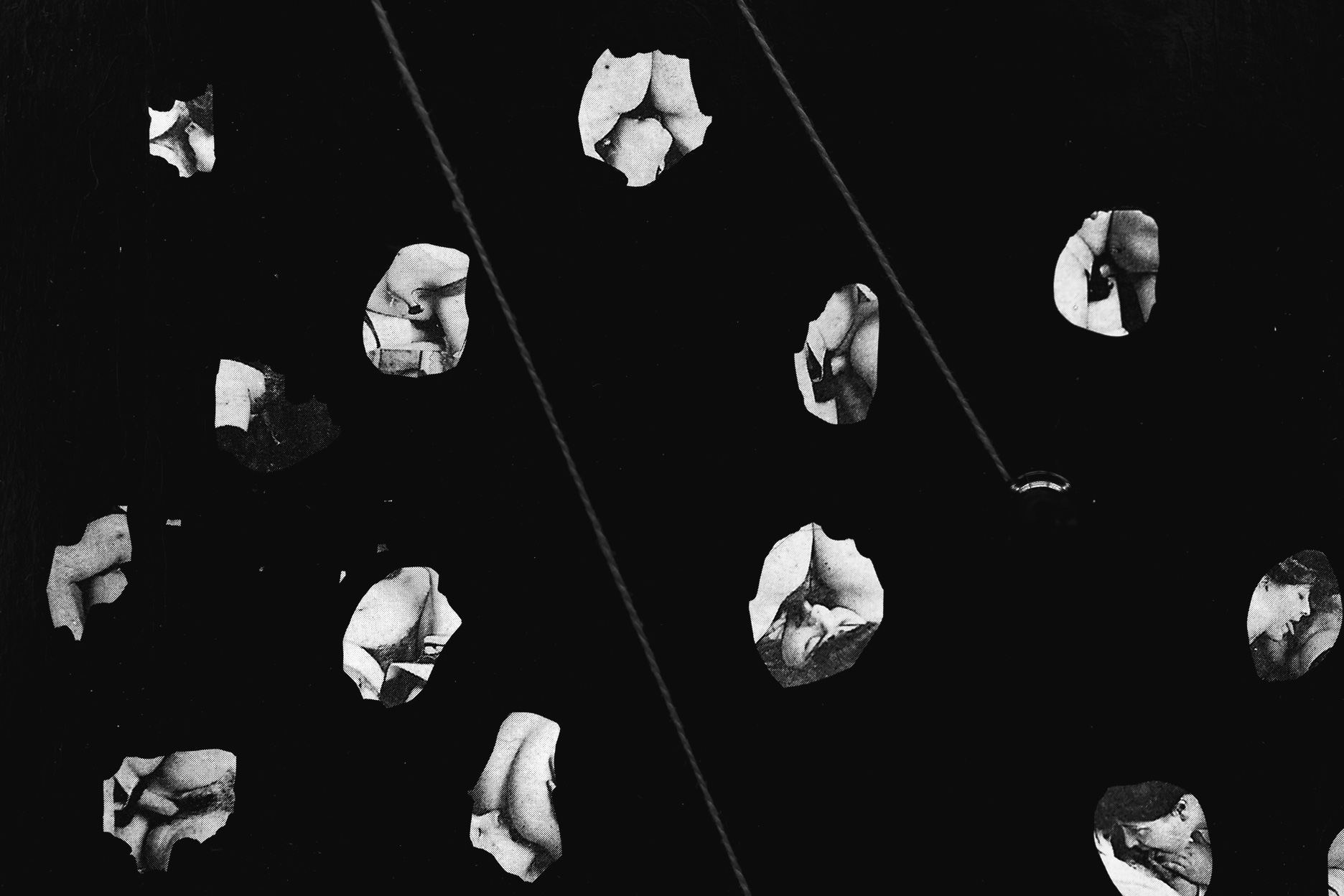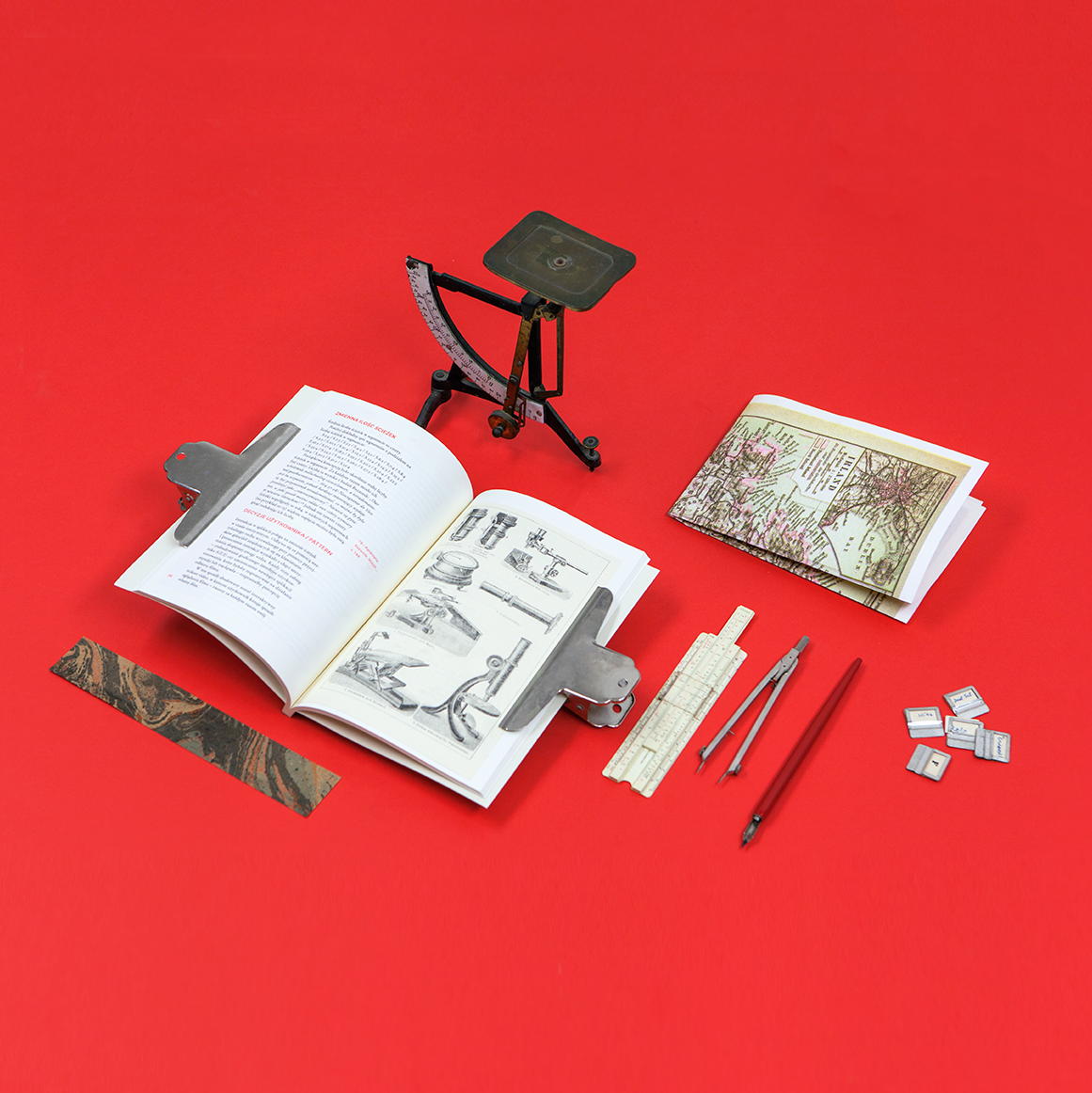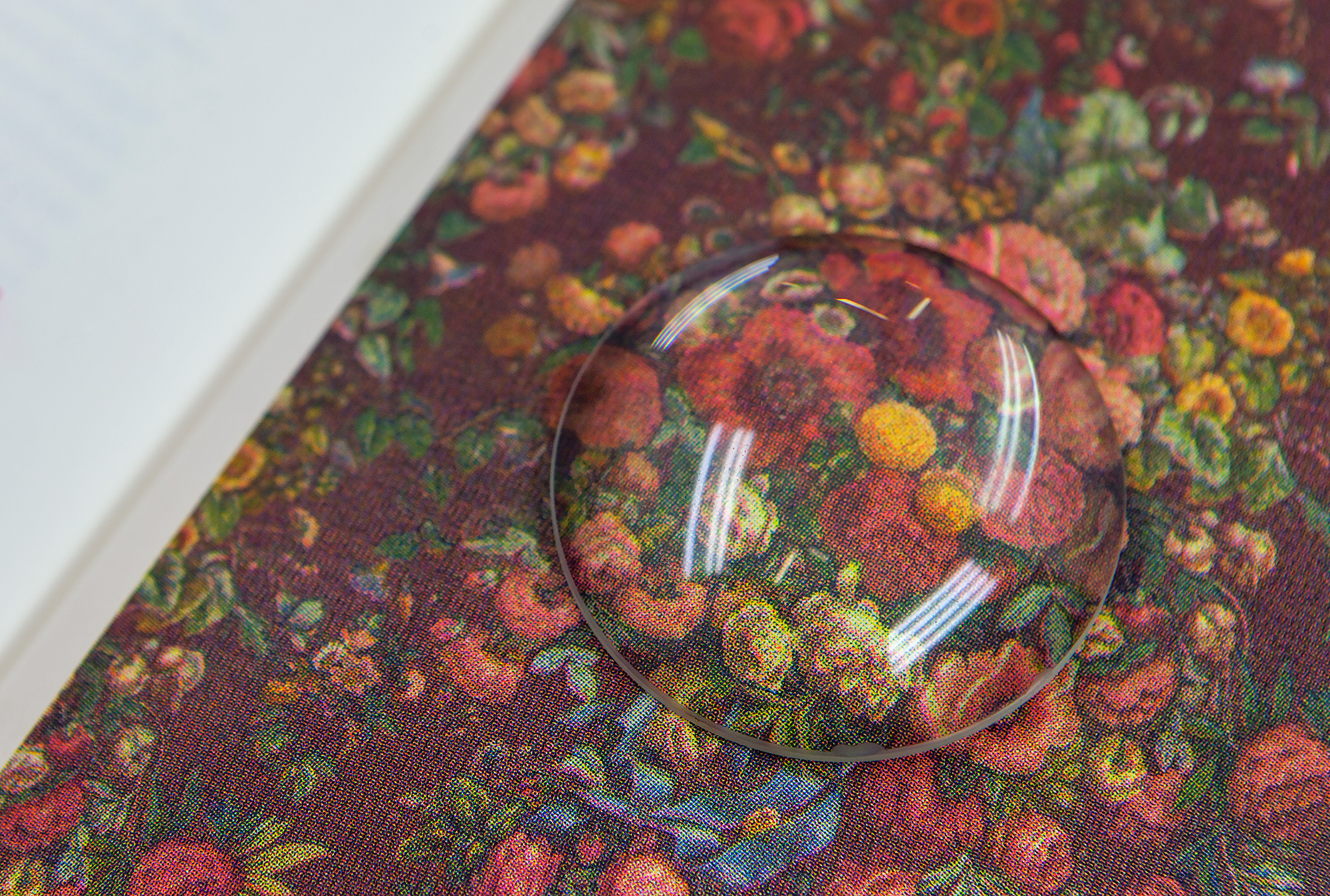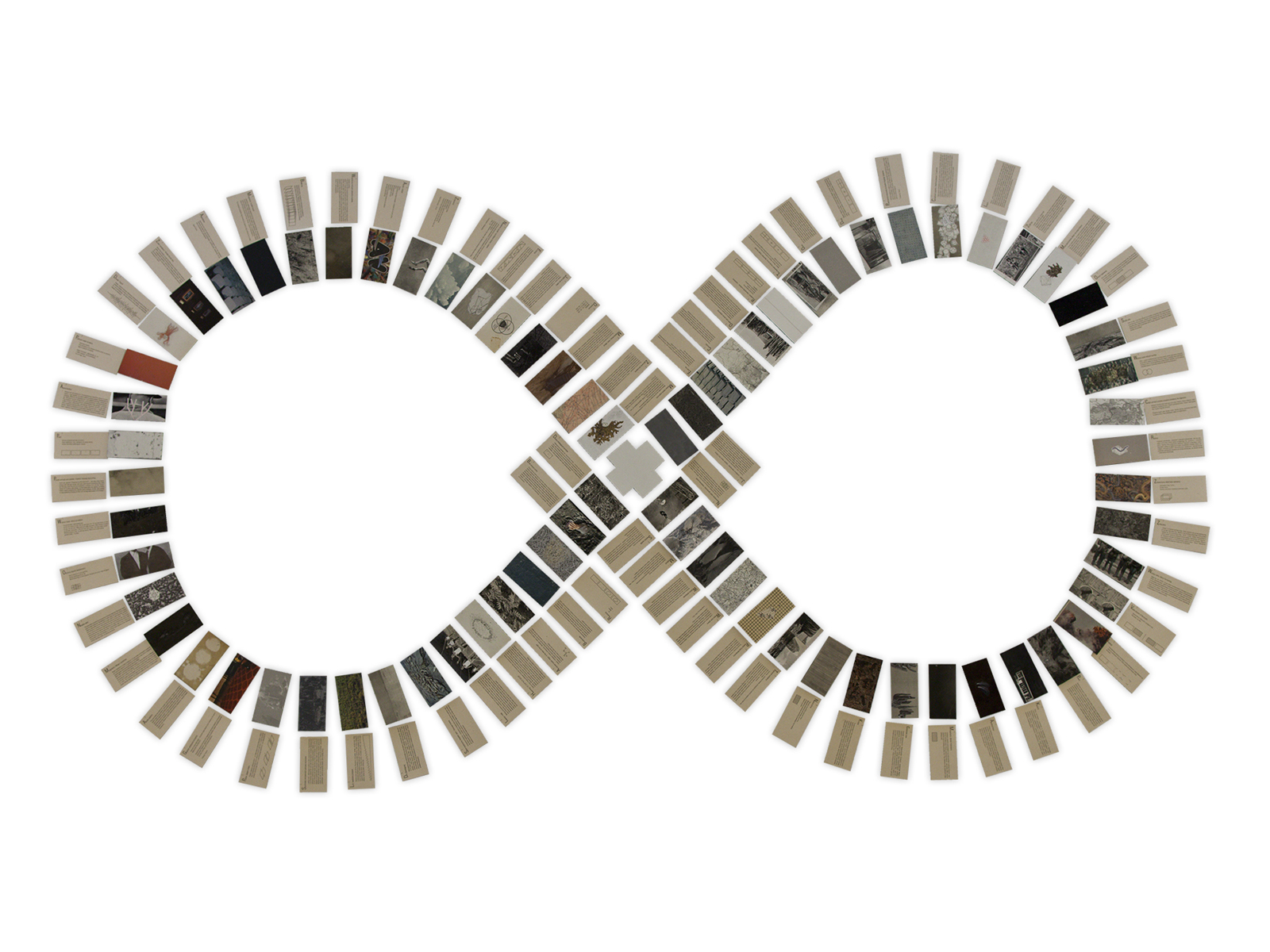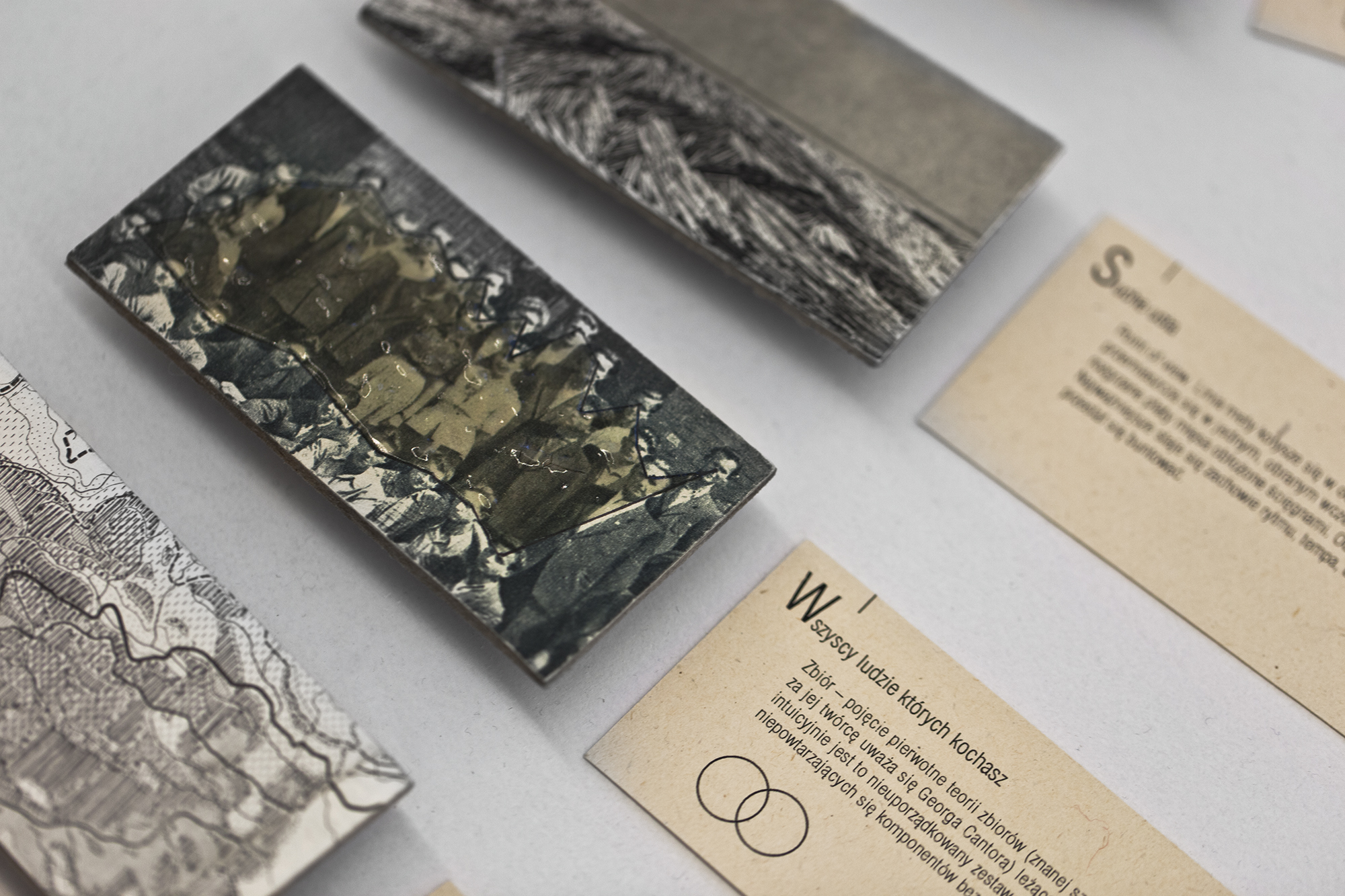PostPresence Strategies
13-18.06.2023 | PostPxrn Film Festival Warsaw | https://ppffw.pl
The exhibition of artists affiliated with the 3d and Virtual Occurrences II Studio / Faculty of Media Art at the Academy of Fine Arts in Warsaw was created as a result of a didactic and research process directed at contemporary strategies for exploring issues of aesthetics of presence and an attempt to define types and models of relationships between users. Artistic individuals move in a variety of media and formats using interactive collective experiences of virtual and augmented reality, 3d printing and scanning, gameing engines, live performance, synhtography and mechatronics. The premise of the artistic realizations raises questions about the quality of relationships based on conscious consent suspended between physical and virtual space, constantly maneuvering between technical limitations and attempts to find their own authorial aesthetics – both visual and auditory – as well as ways of conducting interactions, mechanics and narratives.

In the digital era, machine learning algorithms have enabled the generation of tactile images, providing a unique opportunity to „touch” images with our eyes. What is the future of tactile images, the emergence of digital feelings in the new age, and the simulation of visual tensions through machine learning? It delves into the transformative power of these technologies in enhancing our visual experiences. Machine learning algorithms have revolutionized our ability to create tactile images. By analyzing visual data, these algorithms translate it into patterns of stimulation that simulate the sensation of touch. This innovation expands our understanding of perception, enabling us to „touch” images with our eyes and experience visual content in a more immersive and tangible manner. It bridges the gap between traditional sensory modalities, pushing the boundaries of our interaction with the digital world. The concept of digital feelings encompasses the emotional and sensory responses evoked by tactile images. As technology becomes increasingly integrated into our lives, these digital experiences elicit a range of emotions, blurring the line between physical and virtual sensations. The new age of digital feelings offers a paradigm shift, allowing us to engage with visual content on a deeper level and fostering a more profound connection with the digital realm. Machine learning algorithms not only enable us to touch images with our eyes but also offer the potential to simulate visual tensions. By analyzing patterns, colors, and compositions within images, these algorithms can generate visual content that evokes a sense of tension, intrigue, or suspense. This simulation adds a new layer of engagement to our visual experiences, challenging our perceptions and creating a heightened sense of anticipation. Through the simulation of visual tensions, machine learning algorithms open up new creative possibilities. Artists, designers, and creators can explore uncharted territories, harnessing these algorithms to generate visually captivating content. This fusion of technology and human creativity enables the production of imagery that resonates with viewers on a profound and emotional level. The generation of tactile images and the simulation of visual tensions offer numerous benefits, including improved accessibility for individuals with visual impairments and enhanced engagement for all users. Privacy concerns, bias in algorithmic decision-making, and the potential for misuse are important aspects to be addressed in the development and deployment of these technologies. See = Touch
